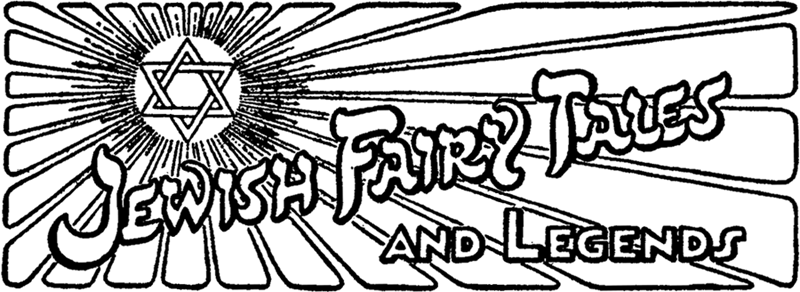Jewish fairy
tales are distinctly different from their European counterpart. While certain
similarities can be drawn, overwhelmingly a Jewish Fairy Tale is unique when
compared side by side to other sects of tales. One obvious difference that distinguishes
a Jewish tale is the use of the Rabbi. In all of the Jewish tales we read in
class, the main character or hero figure is always the Rabbi. The reason for
the continual use of this main character is due to Jewish tradition. Jewish tradition holds the Rabbi as the
center of the community and it is he/she who teaches his/her students (the
community). So it is only fitting that the Rabbi is in the center of tales, and
the main purpose of these tales is to teach a lesson to its readers. Both the
Rabbi and the tales are vehicles of teaching the community life lessons. For
instance, in the tale “It Could Always be Worse” the Rabbi teaches the lesson
to his follower that his situation is not so bad after all.
Another factor
that make Jewish tales unique is their emphasis on God. Many non-Jewish tales
have motifs of religion or have religion as a centerpiece, but Jewish tales
almost invariably contain God. In many of the tales selected for reading in
class, there is always a lesson build in to say God is the reason for all
things good or something along those lines. Though there are more differences
to point out between Jewish and non-Jewish tales, the main differences are the
use of the Rabbi as the main character and the focal point of religion/God.




